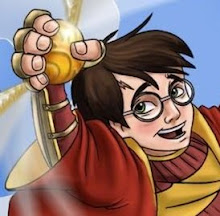Link: CiteSeerX
Status: Incomplete
Summary
The title of the paper allows the author substantial scope to discuss 'robots that see their world' and 'systems that see robots', and also to combine them to talk about 'robots that see robots' and 'robots that see themselves'. Most importantly though, the paper is about how we see robots, and it discusses computational paradigms, assumptions, architectures and tools to design and build robots.Classical symbol manipulation approach to AI (Good Old Fashioned AI) works on a number of assumptions that are very restrictive for a real world application. For example, if we want to build a robot to play soccer, assumptions like OA (one agent), DW (deterministic world), DSA (discrete sequential action) etc. are clearly violated. Such assumptions lead to a world where perception is quite unnecessary except for finding the initial state of the world. In other words, an agent is allowed to plan its actions by reason alone, thus planning becomes a straight line program without conditions or loops.
Traditional AI approach to robotics does not scale. Cognitive integration, the tight coupling of perception, reasoning and action should dominate the research strategy. The critique of classical approach has given rise to Situated Agent (SA) approaches. In general, a situated agent is a real physical system grounded and embedded in a real world, acting and reacting in real time. Situated agents indulge in action, reasoning as well as perception. Also, consideration of multiple agents in a dynamic world, entails a shift from static perception to situated dynamic perception.

No comments:
Post a Comment